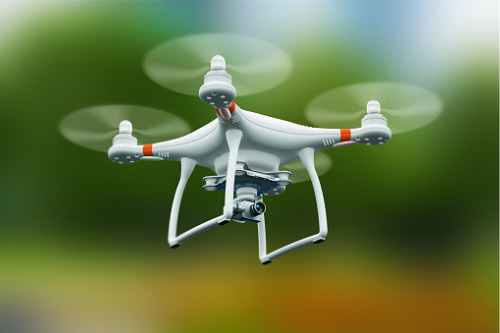

Insurtechs Blue Zebra Insurance (BZI) and Precision Autonomy have teamed up to tap into a risk pool that has been growing dramatically – drones.
Commercial drone use is classed as an aviation risk for insurance purposes and requires specific insurance coverage, which is why Precision Autonomy has developed a specialist platform for quoting and binding commercial drone insurance.
Under the new partnership, BZI will provide access via a link on the Zebra Lounge portal, connecting directly to the Precision Autonomy platform quote page and its full policy life cycle capability. This will facilitate access for its extensive broker base to the Precision Autonomy product, with all other aspects of the offering conducted by the latter.
Blue Zebra MD Colin Fagen commented: “We are always on the lookout for ways to expand the options for our intermediaries available via our platform, and this new partnership with Precision Autonomy is another exciting step for us and our broker partners in what is a quickly expanding market.”
According to a Deloitte Access Economics report commissioned by the Department of Infrastructure, Transport, Regional Development, and Communications, the usage of commercial drones is skyrocketing and could boost Australia's GDP by $20.7 billion by 2040.
It also estimated that the number of deliveries of food, parcels, and pathology by drones could be as high as 143 million trips in 2040, equating to 272 drone deliveries every minute of every day.
Simon Hooper, head of underwriting for Precision Autonomy, commented that the partnership with BZI could help the insurtech drive the distribution of its commercial drone insurance product into the broader broker market in Australia.
“Drones are already being deployed in Australian mining, energy, construction, agriculture, and entertainment sectors, and they do occasionally fail, with approximately 95% of losses being first party and the remaining 5% third-party claims,” Hooper added.
